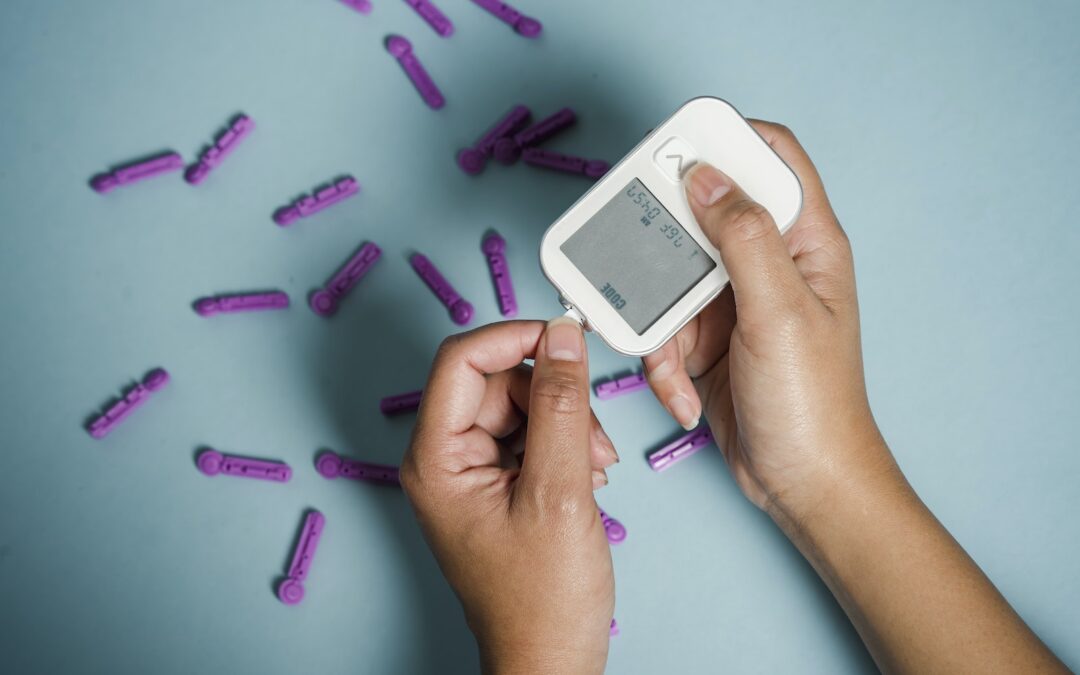What is a Glycemic Index
Of late I have seen people asking about the glycemic index, what is it and how can it help your dance with diabetes. I did some digging around and here’s a review of what I found. Glycemic index: you need to know this isn’t the complete answer, but it gives you a starting point to learn from.
If you were to hear about the glycemic index, it would likely be in the context of diabetes or blood sugar regulation. The glycemic index is a way of ranking carbohydrates in the food according to how they affect blood sugar levels. We know that blood sugar/glucose is regulated by insulin. As you eat foods are turned into an energy source for your cells.
High glycemic index foods are those that cause a quick increase in blood sugar. These are foods you’ll want to be very aware of when eating and not load up on them. Low glycemic index foods have a slower, more gradual effect. These are foods that you’ll want to focus on when preparing meals or eating out. People with diabetes or at risk of developing diabetes can regulate blood sugar levels by choosing foods based on the glycemic index.
Glycemic scale
The Glycemic Index (GI) is a scale that shows the amount of blood sugar you get from food. Some of the food in the group can take a while to be absorbed. White bread and pure sugar are generally better than complex carbohydrates or other sugary foods when it comes to maintaining healthy blood sugar levels.
White bread and refined sugar have been rated 100 on the glycemic index because they are high in carbohydrates and cause a rapid rise in blood sugar levels. Individuals who are at risk of developing diabetes, or who have diabetes, may find that choosing lower GI foods can be helpful. Some benefits of eating lower GI foods include improved blood sugar control, increased satiety, and reduced insulin resistance:
- After a meal, they increase your blood sugars slowly, which makes your blood sugars go down.
- They tend to be higher in fiber. It is important for your health that you eat high-fiber foods as they help you feel full and reduce your risk of diseases like colon cancer.
- Lowering blood cholesterol levels is possible, which is a key point for preventing heart disease.
The risk of type 2 diabetes can be linked to the consumption of high-GI foods. To increase the odds of preventing diabetes, you should make a point of choosing lower GI foods more often. If you see the chart, then you should be able to start making healthier choices that will help reduce your risk of developing diabetes.
Glycemic ratings
The foods most often ranked are those made of Carbohydrates. Grain products, fruit, yogurt, and vegetables are included. The GI scale assigns food a ranking of 0 to 100 based on its amount of carbohydrates, but some foods are not ranked at all.
The GI ratings of a few common foods were shown here:
Low Glycemic Index (55 or less)
Medium Glycemic Index (56-70)
High Glycemic Index (more than 70)
- yams, sweet potatoes
- new potatoes
- French fries and/or baked potatoes
- converted (parboiled) rice
- basmati or brown rice
- instant or white rice
- bread made from heavy mixed grains, pumpernickel, or stone-ground flour
- rye, whole wheat, or pita bread
- bagels, white bread
- all brand or shredded wheat-type cereal
- bran flake type cereal
- steel cut oats
- quick oats
- cream of wheat, instant oats
- pasta
- couscous
- rye crisp crackers, popcorn
- pretzels, crackers
- yogurt, milk
- ice cream
- lentils, split peas, or chickpeas
- green pea or black bean soup,
- apples
- raisins, cantaloupes
- dried dates
Glycemic factors
Some of the factors that can affect the ranking of the GI of food are the cooking method, the amount of fat in the food, and how much the food has been processed. Steel-cut oats have a lower GI than instant oats because they are more heavily processed.
- You should balance your meals by adding protein and healthy fats to your carbohydrates. This will add nutrition and lower the total GI of your meal, making it more balanced and healthier overall.
- You should try to eat meat alternatives more often, such as legumes. Legumes are a great choice because they have a low GI, are high in fiber, and are low in fat. For example, you could have mango and black bean salad as a side dish for your next meal.
- There are many different kinds of pasta available on the market, and most of them are low or medium GI unless they are overcooked. To get the most nutritional value out of your pasta, cook it “al dente”. This means that it should be cooked until it is just tender, but still firm to the bite. For even more nutrition, try whole grain or whole wheat varieties. These types of pasta are made with flour that contains all parts of the grain kernel, including the bran and germ. This makes them a good source of fiber and other important nutrients.
- If you have diabetes, it’s important to monitor your blood glucose levels. Checking them 2 hours after eating a low-GI food and comparing that reading with your blood glucose levels after eating a similar high-GI food can give you some insight into how different foods affect your blood sugar. For example, you might find that a sweet potato causes your blood sugar to rise more slowly than a baked potato.
- One way to improve your diet is to include at least one low or medium-GI food at every meal or snack. This will help you regulate your blood sugar levels and maintain a healthy weight. Low and medium GI foods include fruits, vegetables, whole grains, legumes, and dairy products. So challenge yourself to make some healthier choices and incorporate these foods into your daily routine.

Registered Dietitian
A registered dietitian is a valuable member of your care team. They can help you choose lower GI foods that are easier to incorporate into your diet and can assist you in meeting your goals. Your adviser can help you prevent or reduce your blood sugar/glucose levels, depending on your culture, lifestyle, medical history, and personal goals. It is possible to get tailored advice about how to improve your diet and make healthier choices with the assistance of a registered dietitian.
The glycemic index can be used to help regulate and manage your blood sugar levels, but it is just one tool that you have at your disposal. In addition to the glycemic index, regular physical activity and blood-glucose monitoring are important components of a healthy diabetes management plan.
Your turn
Understanding how to use a Glycemic Index is an important part of managing your blood sugar. Glycemic index: you need to know this, will be a tool to use in selecting the best foods and combinations to eat.
Please join our Facebook group, Dancing with Diabetes, and the other articles on our blog pages.
Read more: Unlockfood









